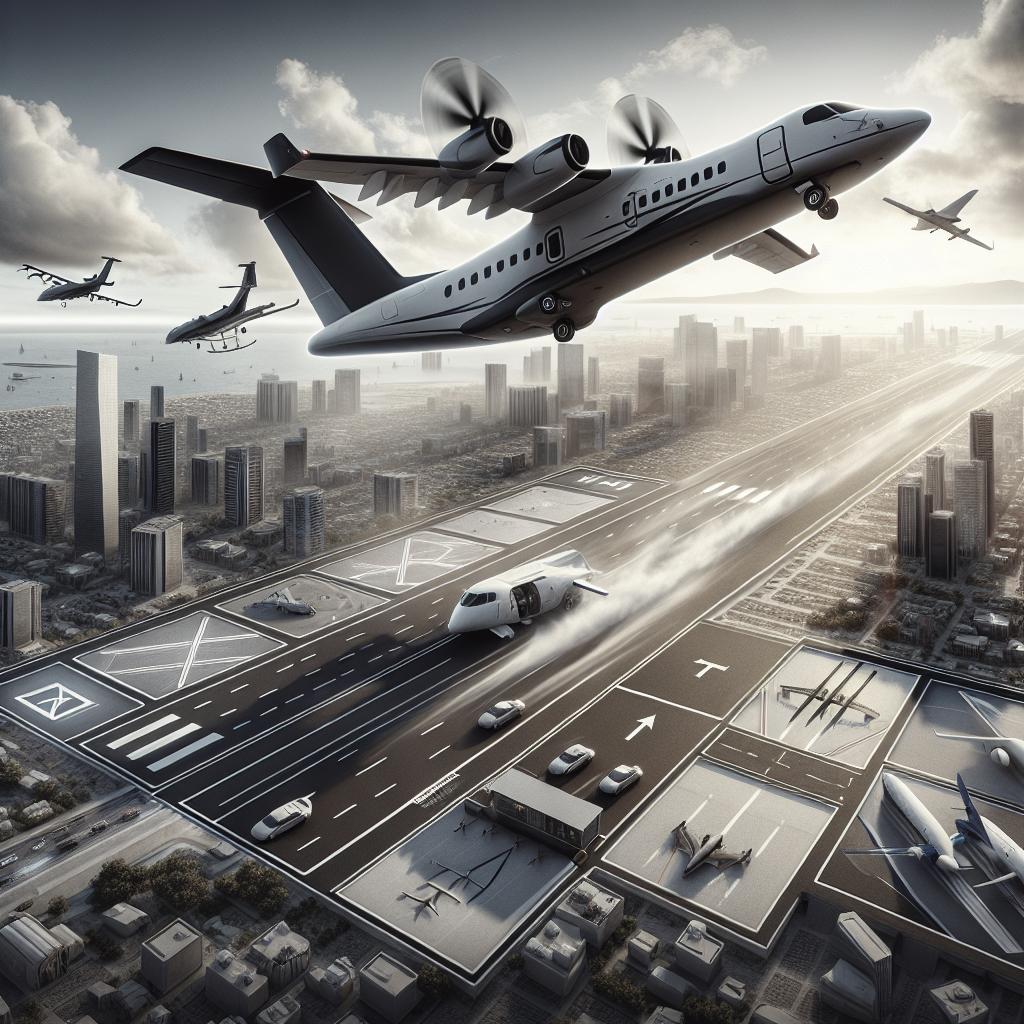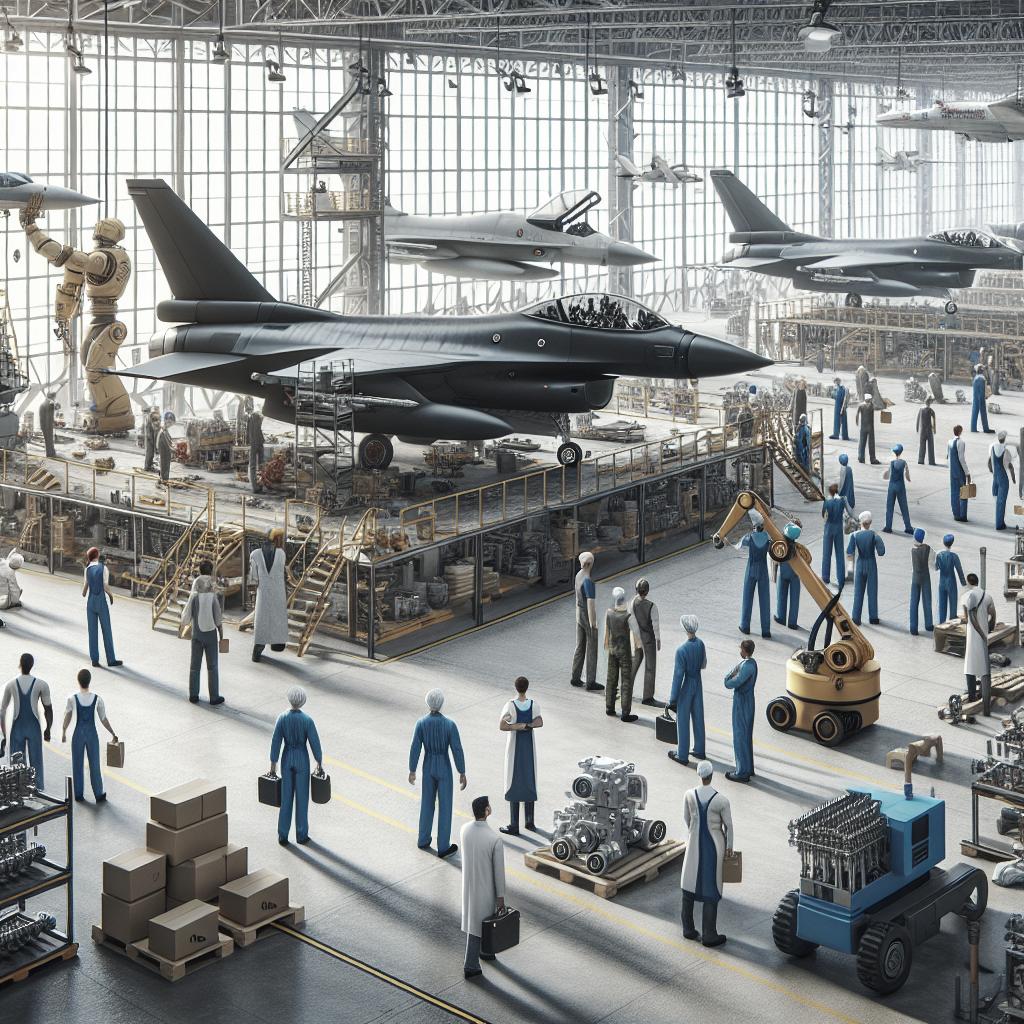Vertical Take-Off and Landing (VTOL) aircraft are revolutionizing the aviation industry with their ability to lift off, hover, and land vertically. This blog post explores this cutting-edge technology in-depth. We’ll start by updating key definitions, then delve into the mechanics of how VTOL aircraft work. Moving forward, we’ll look at the history of VTOL to appreciate its roots and evolution. Following that, we’ll examine modern examples of VTOL aircraft, highlight their benefits, and finally, speculate on their promising future. If you’re keen on understanding this transformative technology, read on!
New & Updated Definitions
To fully grasp the subject of VTOL aircraft, it’s essential first to understand some pertinent terminology. VTOL stands for Vertical Take-Off and Landing, a term used to describe aircraft capable of taking off vertically, hovering in place, and landing vertically. This differs significantly from traditional fixed-wing aircraft, which require substantial runways for takeoffs and landings.
Another key term is “eVTOL,” which refers to electric Vertical Take-Off and Landing aircraft. These modern iterations leverage electric propulsion, promising quieter, greener, and more efficient flights. Urban Air Mobility (UAM) is another term used in conjunction with VTOL, referring to the use of these aircraft for short-distance urban transportation.
How VTOL Aircraft Work
Traditional airplanes generate lift primarily through their wings, requiring long runways for takeoffs and landings. VTOL aircraft, however, operate differently. These aircraft utilize rotors or aero engines to generate vertical thrust, enabling them to lift off and land without needing runways. This capability is akin to how helicopters function, but VTOL offers more versatility and often higher speeds.
Many VTOL designs incorporate tilting engines or rotors, allowing them to transition from vertical flight to horizontal cruise efficiently. The propulsion system can be purely electric or utilitarian, depending on the aircraft’s design. Advanced control systems also play a critical role, ensuring stability during various phases of flight.
History of VTOL
The concept of VTOL aircraft dates back to the early 20th century, with pioneers like Henri Coandă experimenting with vertical flight models. However, it wasn’t until the latter half of the century that practical VTOL aircraft entered service. The Harrier Jump Jet, introduced in the 1960s, was one of the first operational VTOL fighter jets and set the stage for future developments.
Following military applications, efforts expanded into commercial and civilian sectors. The advent of computer-aided design and modern materials in the late 20th and early 21st centuries further refined VTOL capabilities, making the concept increasingly viable for broader applications.
Examples of VTOL Aircraft Seen Today
Several VTOL aircraft are operational or in development today, showcasing a range of applications from military to civilian uses. The F-35B Lightning II is a modern VTOL jet used by military forces, capable of short take-off and vertical landings (STOVL). Its advanced avionics and stealth capabilities make it a formidable tool in modern warfare.
In the civilian sector, companies like Joby Aviation and Lilium are making headlines with their electric VTOL designs aimed at urban air mobility. These aircraft promise to reduce traffic congestion, lower carbon emissions, and offer efficient short-haul flights within cities. Urban air taxis are expected to become a common sight within the next decade, thanks to such innovative designs.
Benefits of VTOL
One of the most significant benefits of VTOL aircraft is their ability to operate in confined spaces. This eliminates the need for long runways, making them ideal for urban environments where space is at a premium. The capacity to take off and land vertically also enhances accessibility to remote or otherwise inaccessible areas, such as mountainous regions or offshore platforms.
Another benefit is the potential for reduced environmental impact. eVTOL models, in particular, offer quieter operations and lower emissions compared to traditional aircraft. This makes them more suitable for urban environments, where noise pollution and air quality are major concerns. Moreover, the efficiency and speed of VTOL aircraft could significantly reduce travel times, making them an attractive option for intercity commutes.
Future of VTOL Aircraft
The future of VTOL aircraft is incredibly promising, with significant advancements anticipated in the coming years. Technological innovations in battery storage, lightweight materials, and artificial intelligence will likely propel VTOL aircraft into mainstream use. Companies are investing heavily in research and development to bring more efficient, reliable, and cost-effective VTOL solutions to market.
Urban air mobility is set to become a key pillar of smart city infrastructure. In the next decade, it’s conceivable that VTOL air taxis will become as common as ridesharing services like Uber and Lyft. Alongside civilian applications, we can expect continued advancements in military and commercial sectors, ensuring that VTOL technology remains at the forefront of aviation innovation.
Summary of Main Points
| Topic | Summary |
|---|---|
| New & Updated Definitions | Explanation of VTOL, eVTOL, and Urban Air Mobility. |
| How VTOL Aircraft Work | Discussion of the mechanics of VTOL, including vertical thrust and propulsion systems. |
| History of VTOL | Overview of VTOL’s origins and evolution, highlighting key milestones. |
| Examples of VTOL Aircraft Seen Today | Current operational VTOL aircraft and notable ongoing projects in civilian and military sectors. |
| Benefits of VTOL | Advantages including space efficiency, reduced environmental impact, and faster travel times. |
| Future of VTOL Aircraft | Future prospects driven by technological advancements and integration into urban mobility. |


